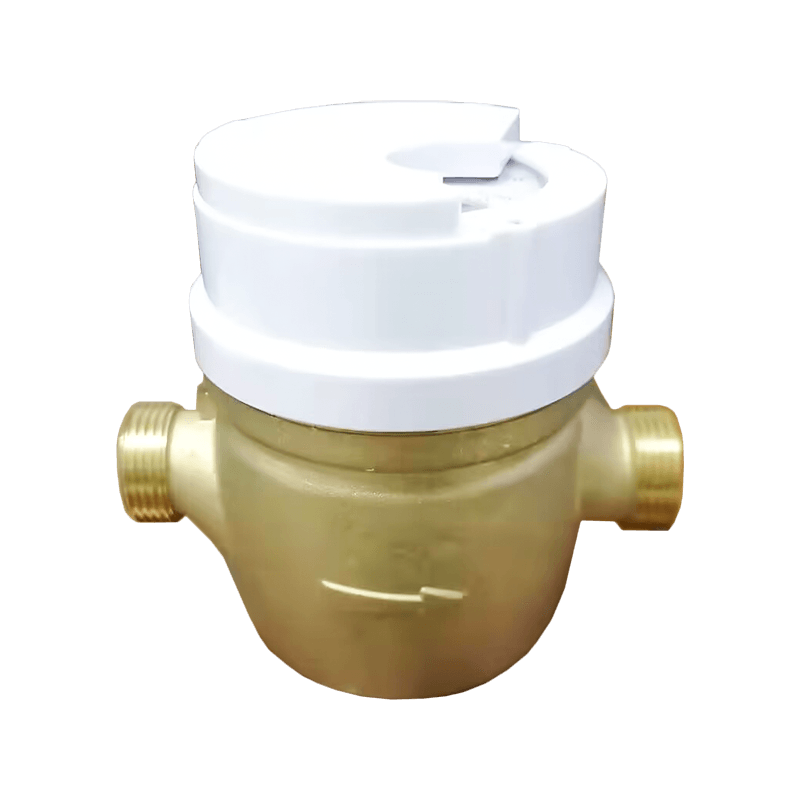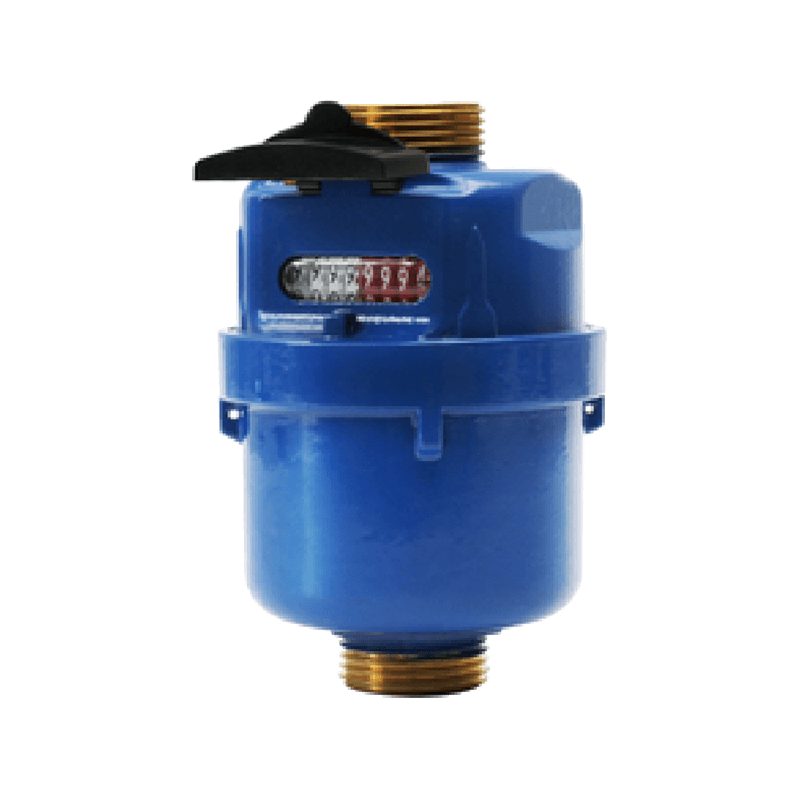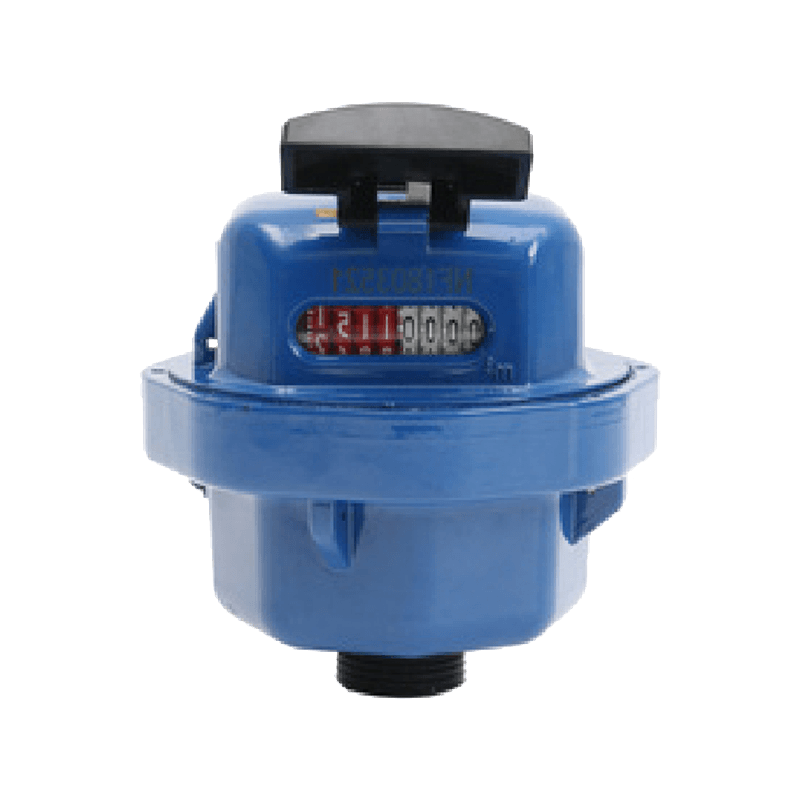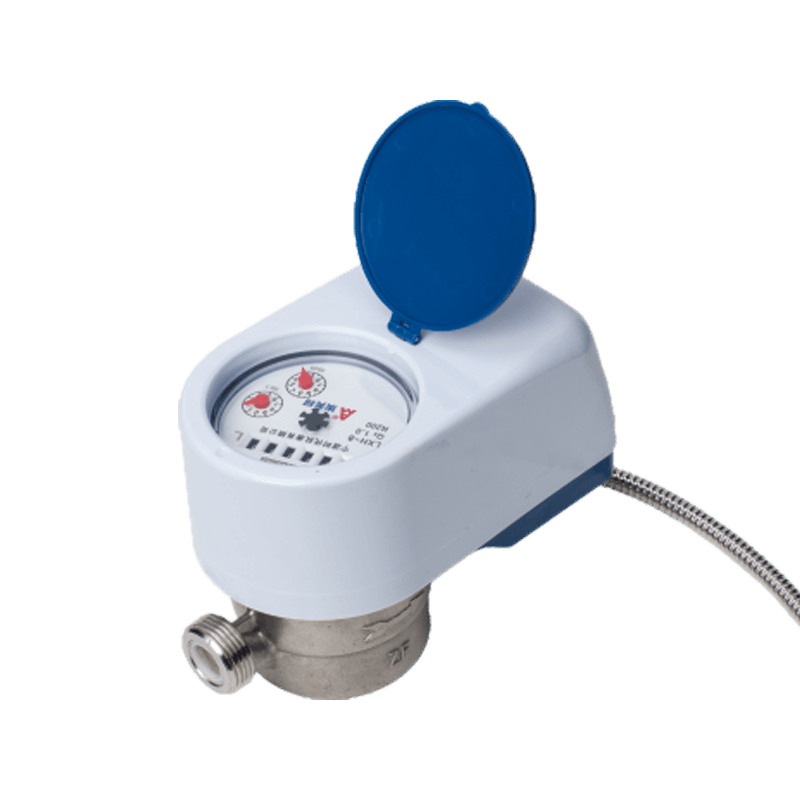Basic functions of water meters and their role in daily life
1. Measuring and recording water consumption
Accurately calculate water volume: Water meters can accurately calculate the volume of water flowing through pipes through internal mechanical or electronic devices. Whether it is a mechanical or electronic water meter, it can ensure the accuracy of measurement and provide users with reliable water consumption data.
Digital display reading: The dial of the water meter usually displays the water consumption in digital form, which is convenient for users to read and record. Some advanced water meters also have electronic display screens that can display water consumption and related data in real time to improve the user experience.
Suitable for a variety of users: Whether it is a household user, a commercial user or an industrial user, the water meter can provide accurate water consumption data. This allows users to understand their water use habits, arrange water use plans reasonably, and avoid unnecessary waste.
2. Save water resources
Identify abnormal water use: By regularly reading the readings of the water meter, users can promptly detect abnormal changes in water consumption. For example, if water consumption suddenly increases, it may be due to pipe leakage or other problems. Users can check and repair it in time to avoid wasting water resources.
Promote water conservation awareness: Water meters can help users understand their water consumption and enhance water conservation awareness. Users can take corresponding water-saving measures based on the readings of the water meter, such as replacing water-saving appliances, optimizing water use habits, etc., to achieve the utilization of water resources.
Monitor high-water-consuming equipment: Water meters can help users identify high-water-consuming equipment and activities and take measures to reduce waste. For example, by analyzing the readings of the water meter, users can find out which equipment or activities consume a lot of water, and then take corresponding energy-saving measures.
3. Management and billing
Accurately calculate water consumption: For water supply companies and property management departments, water meters are important tools for management and billing. By regularly reading the readings of water meters, water supply companies can accurately calculate users' water consumption and ensure fairness and transparency in billing.
Improve service efficiency: The use of water meters can improve the efficiency of water supply services. Water supply companies can use water meter data to timely understand users' water use, conduct reasonable water resource scheduling and management, and ensure the stability and reliability of water supply services.
Incentivize users to save water: Through the billing mechanism of the water meter, users can be incentivized to save water. When users find that their water consumption has increased, they will take the initiative to take water-saving measures to reduce water consumption and reduce water bills.
How to use a water meter
1. Installation and connection
Choose a suitable water meter: When installing a water meter, you should choose the appropriate water meter model and specifications. Water meter manufacturers usually provide a variety of water meter models. Users should choose a suitable water meter according to their water needs and pipeline conditions.
Ensure a tight connection: When installing a water meter, ensure that it is tightly connected to the pipeline without leakage. The water meter factory usually conducts strict quality inspections on the water meter to ensure that there will be no connection problems during installation and use.
Choose a suitable installation location: The installation location of the water meter should be selected in a place that is easy to read and maintain, avoiding direct sunlight and extreme temperatures. The selection of the installation location should take into account the use environment and conditions of the water meter to ensure its normal operation and accurate measurement.
2. Read and record readings
Read the readings correctly: The readings of the water meter are usually displayed on the dial, and users can read the water consumption by observing the pointer or digital display. When reading the readings, make sure that the line of sight is perpendicular to the dial to avoid reading errors.
Record readings regularly: Users should record the readings of the water meter regularly to understand their water consumption trends. By recording readings regularly, users can promptly detect abnormal changes in water consumption and take appropriate measures.
Analyze water consumption data: Users can understand their water consumption habits and trends by analyzing the readings of the water meter. For example, by comparing the water consumption of different periods, users can find peaks and valleys in water consumption and take appropriate water-saving measures.
3. Maintenance and care
Check the connection regularly: In order to ensure the normal operation and accurate measurement of the water meter, users should regularly check whether the connection of the water meter is tight. If the connection is found to be loose or leaking, it should be repaired in time.
Keep the dial clear: Users should regularly clean the dial of the water meter to ensure that it is clearly visible. If there is dirt or dust on the dial, it will affect the accuracy of the reading, so it should be cleaned regularly.
Repair the fault promptly: If you find a problem with the water meter, you should contact a professional maintenance person in time for inspection and repair. The water meter manufacturer usually provides maintenance services, and users can contact the manufacturer for repairs.



 English
English 中文简体
中文简体




